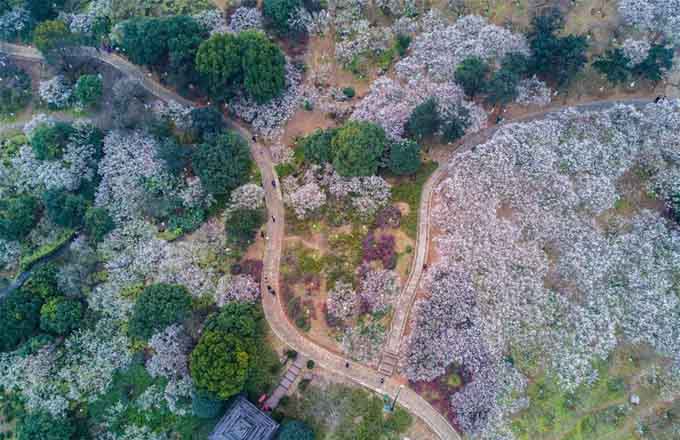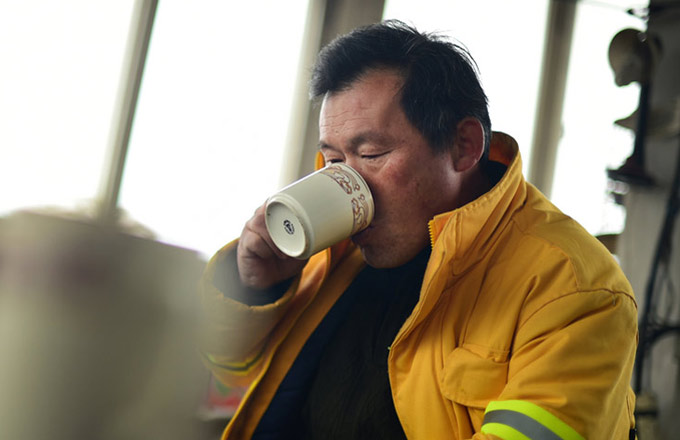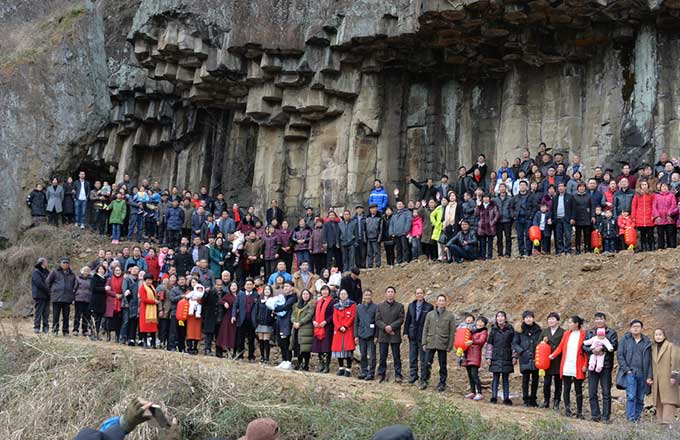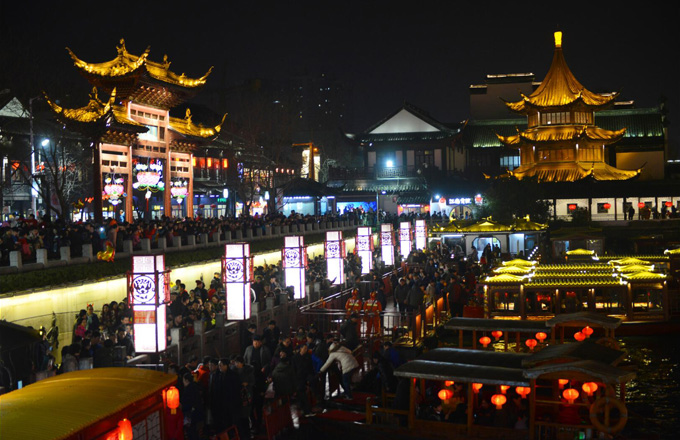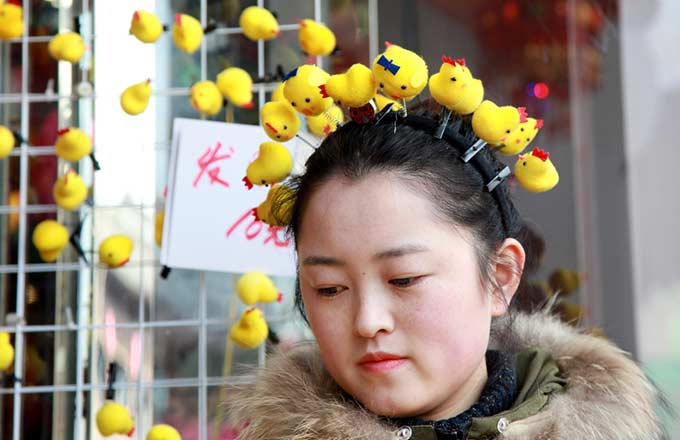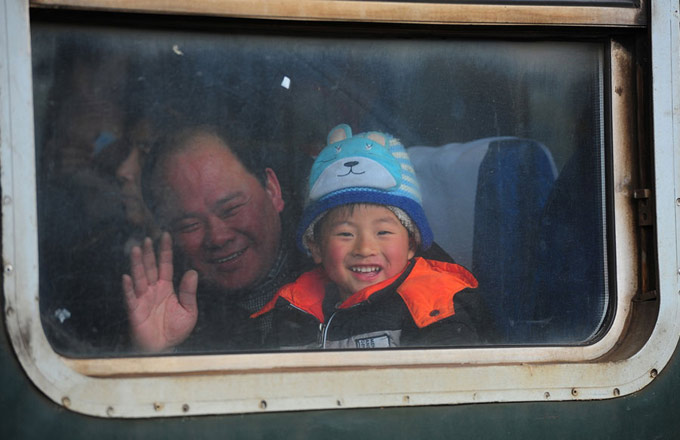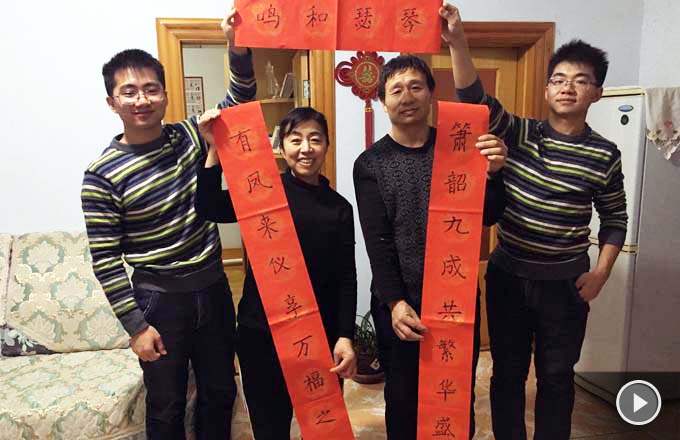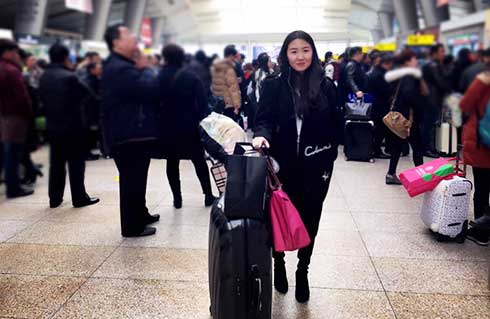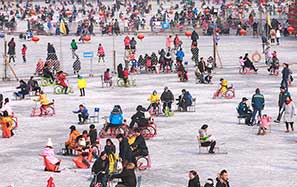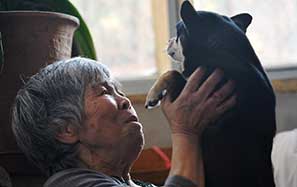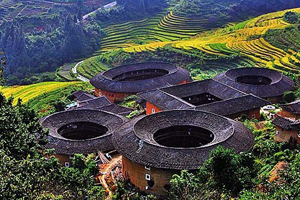Works by Soviet-trained Chinese artists make public debut
Since returning from the former Soviet Union, New China's first generation of fine art students abroad had never had a group exhibition, until now. A carefully curated exhibition at the National Art Museum of China traces the life of these students 60 years ago.
Titled Studying in Soviet Union, the show provides glimpses of the former communist state's strict fine art discipline, with an extensive display of hundreds of artworks, old photos and historical materials. Most of the artists have passed away or are in their 80s.
|
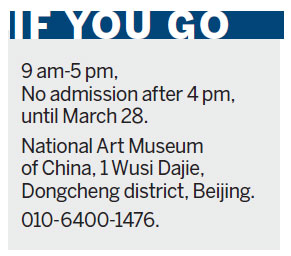 |
Audiences will get to see some works of art that are making public debuts, including sketches, portraits, landscapes and sculptures, as well as copies of European oil works. Also on show are such documents as curriculum schedules and notes, graduation papers and art tools.
The exhibition testifies to the honeymoon relationship between the two socialist countries before it deteriorated in the late 1960s.
From 1953 to 1961, China sent 33 people to brush up art skills and theories in the Soviet Union. Most students entered the prestigious Ilya Repin St. Petersburg State Academic Institute of Fine Arts, Sculpture and Architecture, informally known as the Repin Institute of Arts. They majored in oil painting, sculpture, stage art and art theory.
Some of them were fine art teachers at universities, such as Luo Gongliu (1916-2004), who was already a famed painter and professor at the Central Academy of Fine Arts then. He studied oil painting at the institute from 1955 to 1959, and was affectionately called "Uncle Luo" by younger Chinese students.
The government-sponsored project was part of a national strategy in the 1950s to cultivate New China's art talent and establish a standardized fine art education system.
"We engaged in a booming art scene with the Soviet Union then. We spent a lot of time at art museums, absorbing rich nutrition from Rembrandts and Renoirs, and realistic classics of the Society for Traveling Art Exhibitions (a Russian art group in the 19th century)," says Xiao Feng, who stayed in St. Petersburg from 1954 to 1960. He later headed the China Academy of Art in Hangzhou, Zhejiang province.
Many of these students later became established artists, such as oil painter Lin Gang and print artist Wu Birui. Some became heads of primary art schools and departments across the country.
Back home in Beijing, CAFA opened a training class between 1955 and 1957, taught by Soviet Union oil painter K. M. Maximov (1913-93). Students included such famous artists as Feng Fasi, Jin Shangyi and Zhan Jianjun.
"The Soviet Union model formed the basic structure of New China's fine arts, along with the revolutionary tradition cultivated in Yan'an (China's 'revolutionary cradle') and art practice since the May Fourth Movement. The Soviet Union tradition still influences today's art landscape," says NAMOC's deputy director Liang Jiang.
linqi@chinadaily.com.cn


